Surf’s up at the auction house
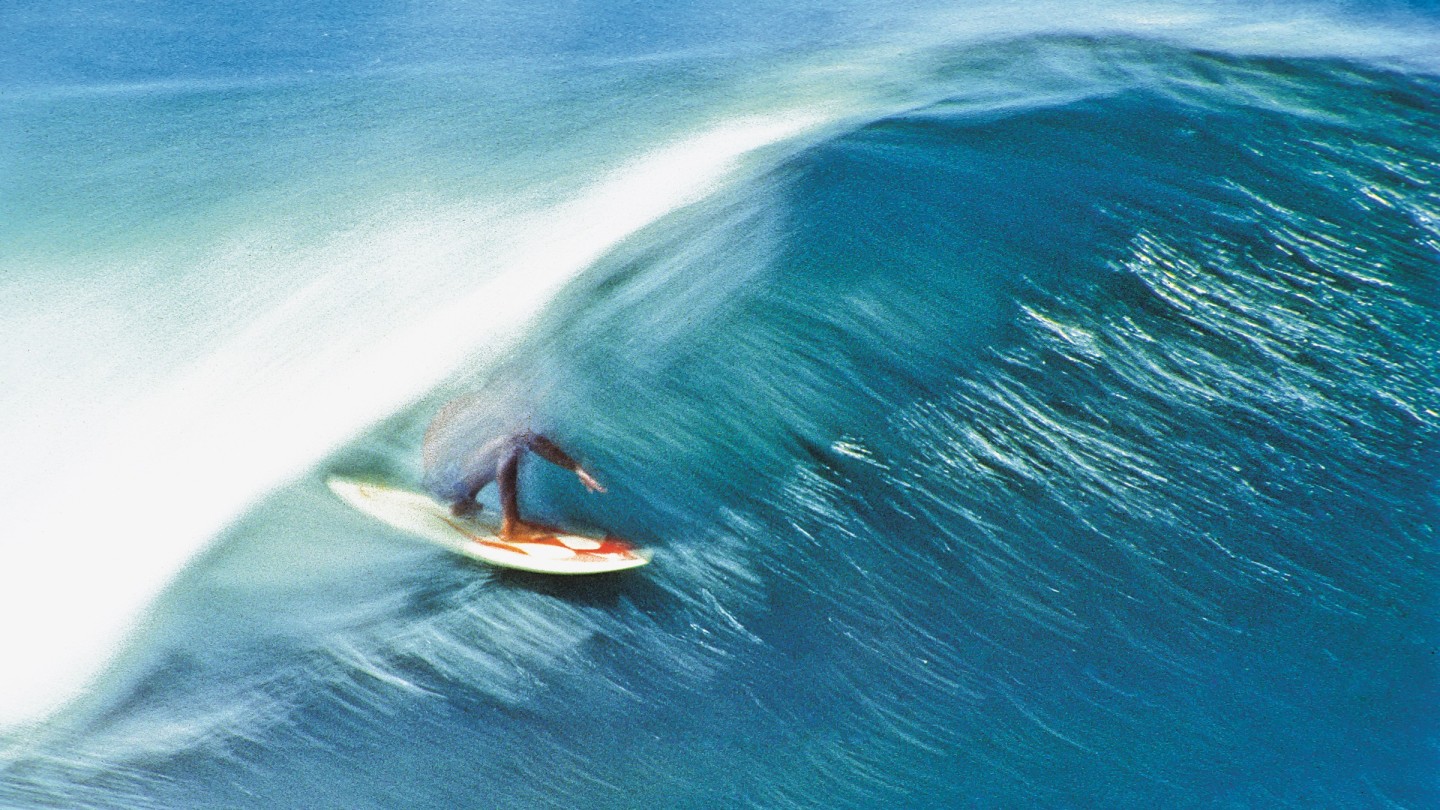
Roula Khalaf, Editor of the FT, selects her favourite stories in this weekly newsletter.
Randy Bloom thinks of the late Greg Noll as the Picasso of longboard shaping. “Whatever he made that board out of – balsa, ash, alder – it was all about finding the best wood,” he says of the Californian big-wave surfer. If Noll was nicknamed “Da Bull” for the way he fearlessly attacked Hawaii’s waves, when he got into the workshop he was all finesse. “His glue-ups [the joins], the way he cut into the wood – everything was precise,” says Bloom. “Man, you look for flaws, you can’t find them.”
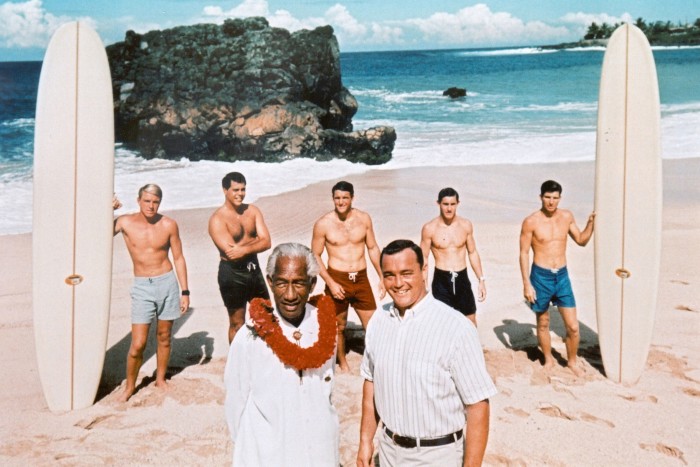


Bloom, now 75, grew up in the Californian and Hawaiian surf scenes and has been collecting surfboards since the 1960s. He has bought – and sold – too many to count, scouring Google and on occasion driving to junkyards in pursuit of forgotten gems. Of the 10 to 15 boards hanging in his office in San Clemente, the star is a 7ft 6in beauty sculpted by Noll from rare black walnut. Though made in the 1990s, it’s a ’60s-style design, with a single fin, a pointed nose and tail, and a neon orange-yellow logo. “People look at it and go, ‘That’s not a surfboard, that’s a sculpture,’” says Bloom. But he still treats his collection like a business. The Noll is worth at least $15,000; he bought another ’60s-era board for a few hundred dollars and sold it for $28,000. “There’s a lot of money to be made.”


And “a lot of demand”, according to O’Neil Thompson, founder of Hawaii-based vintage online platform Surfboard Hoard, be it for longboards (the most popular style) or paddleboards. The site’s number of sales have more than doubled in the past year. And while a decent collectible now costs about $2,500, it has recently sold surfboards for as much as $22,000 (a 1960s longboard) and $31,500 (a 1930s paddleboard). “Record prices have gone up drastically.”
While this increase chimes with a general rise in demand for vintage goods like sports cars, Thompson also attributes it to the inclusion of surfing in last year’s Olympics for the first time. “Millions of people got to see the sport in a new light,” he says. There’s a “widening pool of wealthy surfers”, agrees Scott Bass, executive director of the prestigious California Gold Surf Auction. “The clientele is much bigger than it was in the early 2000s.”
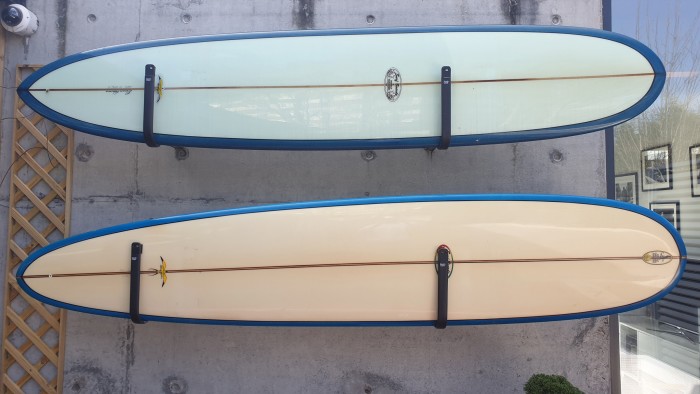
Where to buy
Surf Legends Vintage Surf Auction
Tom “Pohaku” Stone’s traditional surfboards
What to watch
The Endless Summer (1966)
Gidget (1959)
Momentum Generation (2018)
What to read
Greg Noll, The Art of the Surf Board by Drew Kampion
Surf Craft: Design and the Culture of Board Riding by Richard Kenvin
The appeal of retro surfboards is easily grasped. “You don’t have to be a good surfer to appreciate the design,” says John Ridding, CEO of the Financial Times, who owns eight longboards from the 1950s onwards. They’re “simple” and “streamlined”, he says, combining “utility and grace”. And they remind us of the sexy, sunkissed world of films such as Gidget (1959) and The Endless Summer (1966). “It’s a fun culture to be around,” says Bass. “Surfboards are a little bit more fun than, like, stamps.”
The most valuable boards are those made – and signed – by legendary shapers such as Noll, Gerry Lopez, Pat Curren, Dick Brewer and Donald Takayama. Ideally they are in pristine condition with a good story behind them. “The characters in our culture drive the value of the boards,” says Bass. Surfboard Hoard is currently selling a 1920s redwood plank with “DUKE” carved near its nose: it was the personal board of legendary Hawaiian Duke Kahanamoku (1890-1968), who became the “father of modern surfing” when he popularised the sport in the early 1900s by performing graceful exhibitions around the world. “It’s museum quality,” says Thompson, estimating its value at $50,000-$75,000.
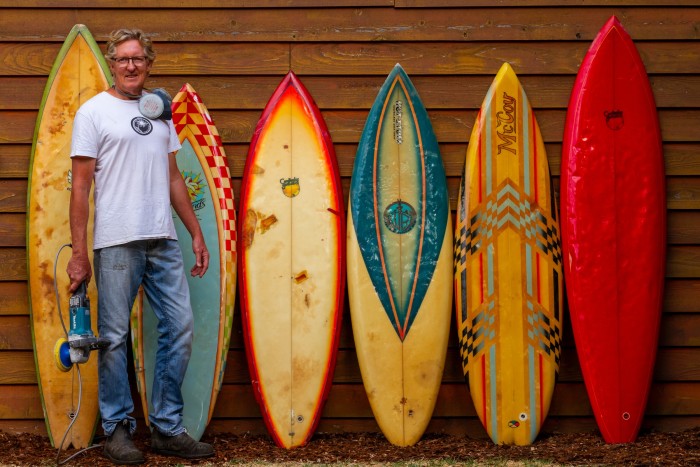

Looking to “revisit their youth”, collectors like to snap up boards that date back to their teenage years, says Bass. That could be the freewheeling late ’60s and ’70s when there was a “huge amount of experimentation” with designs, says Wayne Winchester, who exhibits 80 of his 200-strong personal collection in his Western Australian gallery. Right now, though, the 1980s is red hot because that was the coming-of-age era for the new collector class: guys aged around 40 – including a sizeable Silicon Valley cohort. “Really loud” foam-and-fibreglass concoctions with airbrushed murals and original neon-airbrushed twin fins can fetch upwards of $10,000, says Thompson.
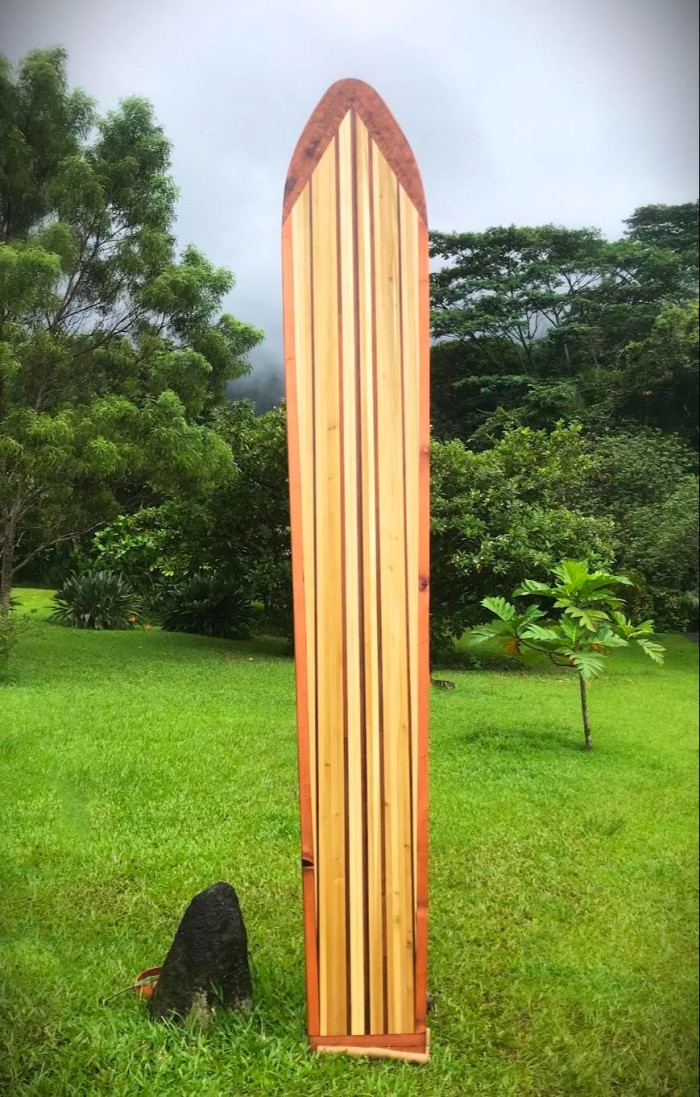
Although the majority of collectors are buying boards to display, not surf, Ridding likes to give his a run. His motorised “Bloomingdale’s Jetboard” – an innovative design created by the heir to the department-store fortune in the 1960s – is admittedly too “clunky” for the waves, but his cream-and-green Takayama noserider “will be heading to some surf spots near Biarritz on the roof of my car in the summer”, he says.
Tom “Pohaku” Stone, Hawaiian born-and-bred, makes models based on the designs his ancestors rode in the 17th, 18th and 19th centuries. He also thinks surfboards should get some salty water on them. He carves round-nosed creations in his Oahu garden from precious woods such as breadfruit before selling some to collectors – and museums – for upwards of $35,000. He likes to take each one for a surf before sending it away. “I see them as functional pieces of my culture,” says Stone. “It’s not just a piece of wood hanging on your wall, it’s got history: someone took it to the ocean and caught a wave on it.”
Comments